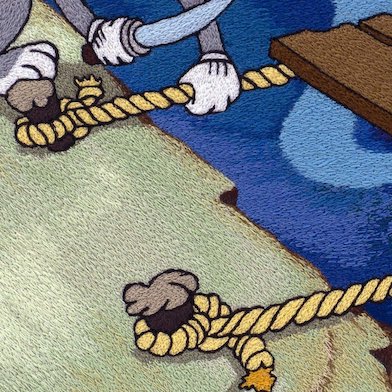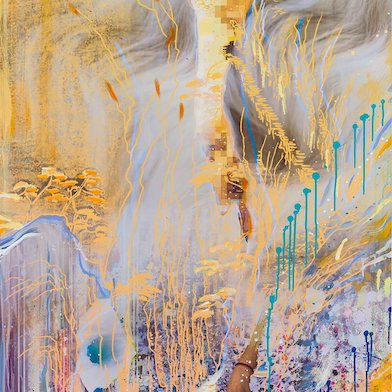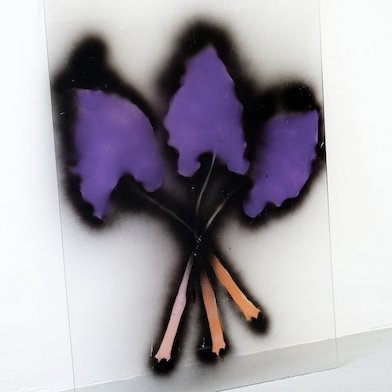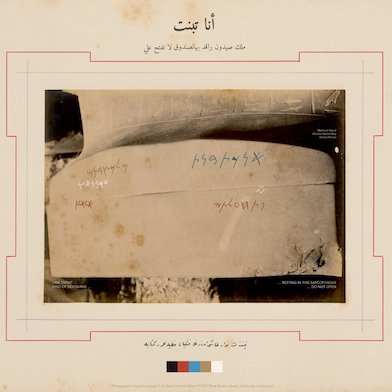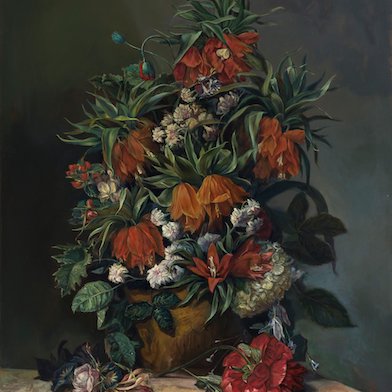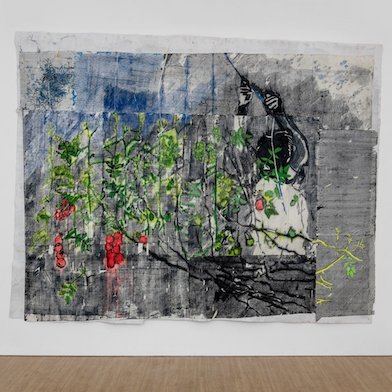Open: Tue-Fri 2pm-6pm, Sat 11am-5pm
Visit
Léopold Rabus: Les propriétés des choses
Wilde, Geneva
Thu 18 Mar 2021 to Sat 1 May 2021
Rue du Vieux-Billard 24, CH- 1205 Léopold Rabus: Les propriétés des choses
Tue-Fri 2pm-6pm, Sat 11am-5pm
Artist: Léopold Rabus
Artworks

Le rappel des oiseaux, 2005-2019
Oil on plastic canvas, aluminium and engine
215 x 225 x 140 cm
Added to list
Done
Removed
Installation Views
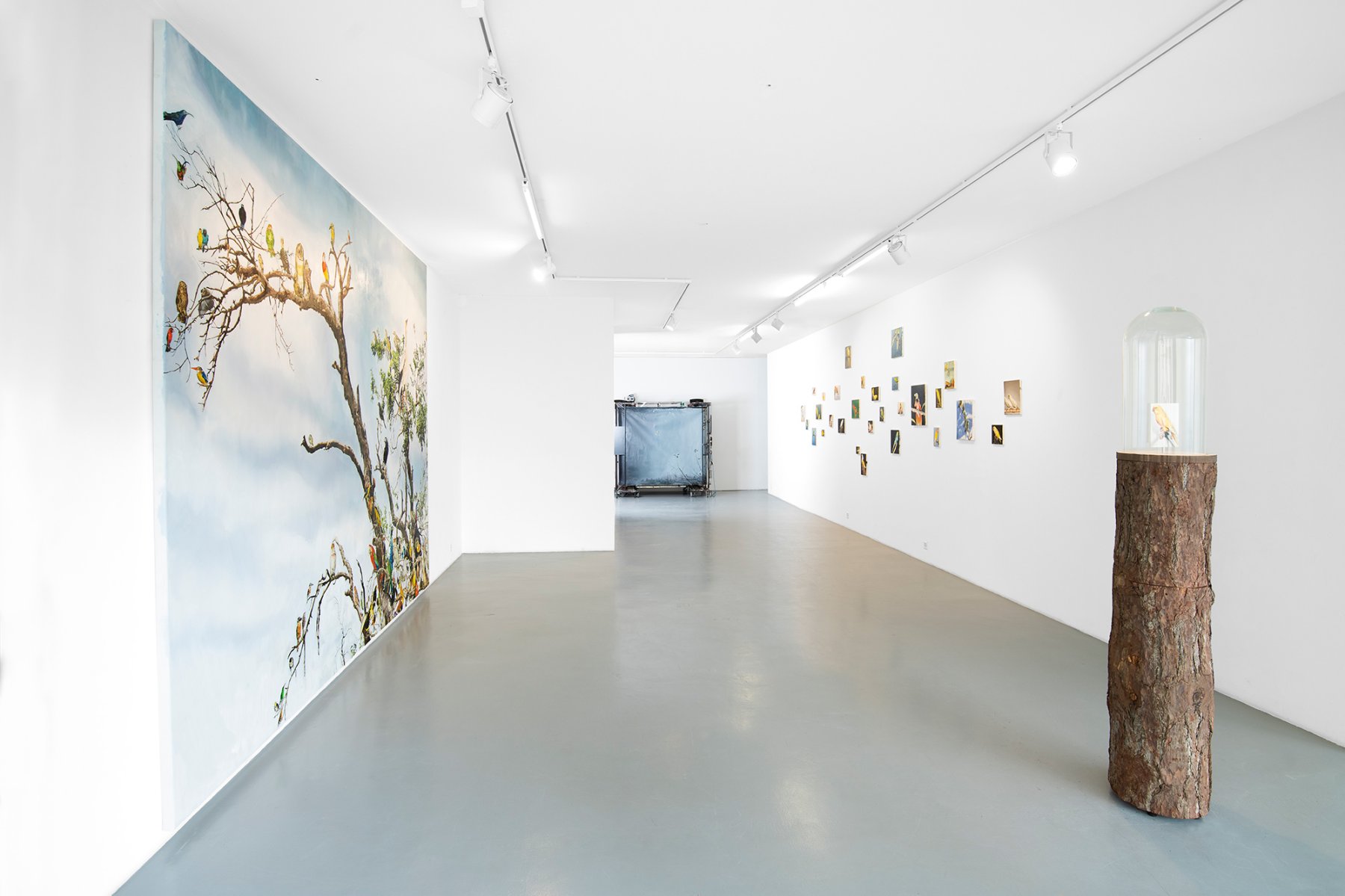
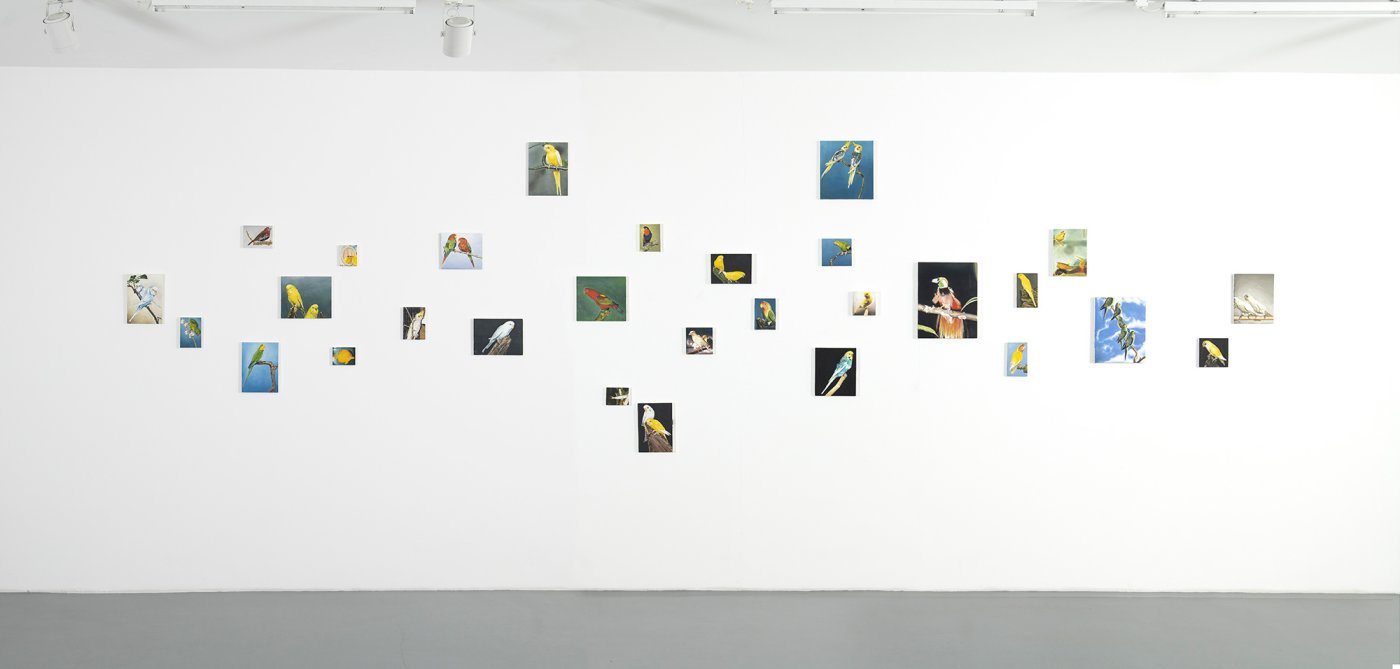
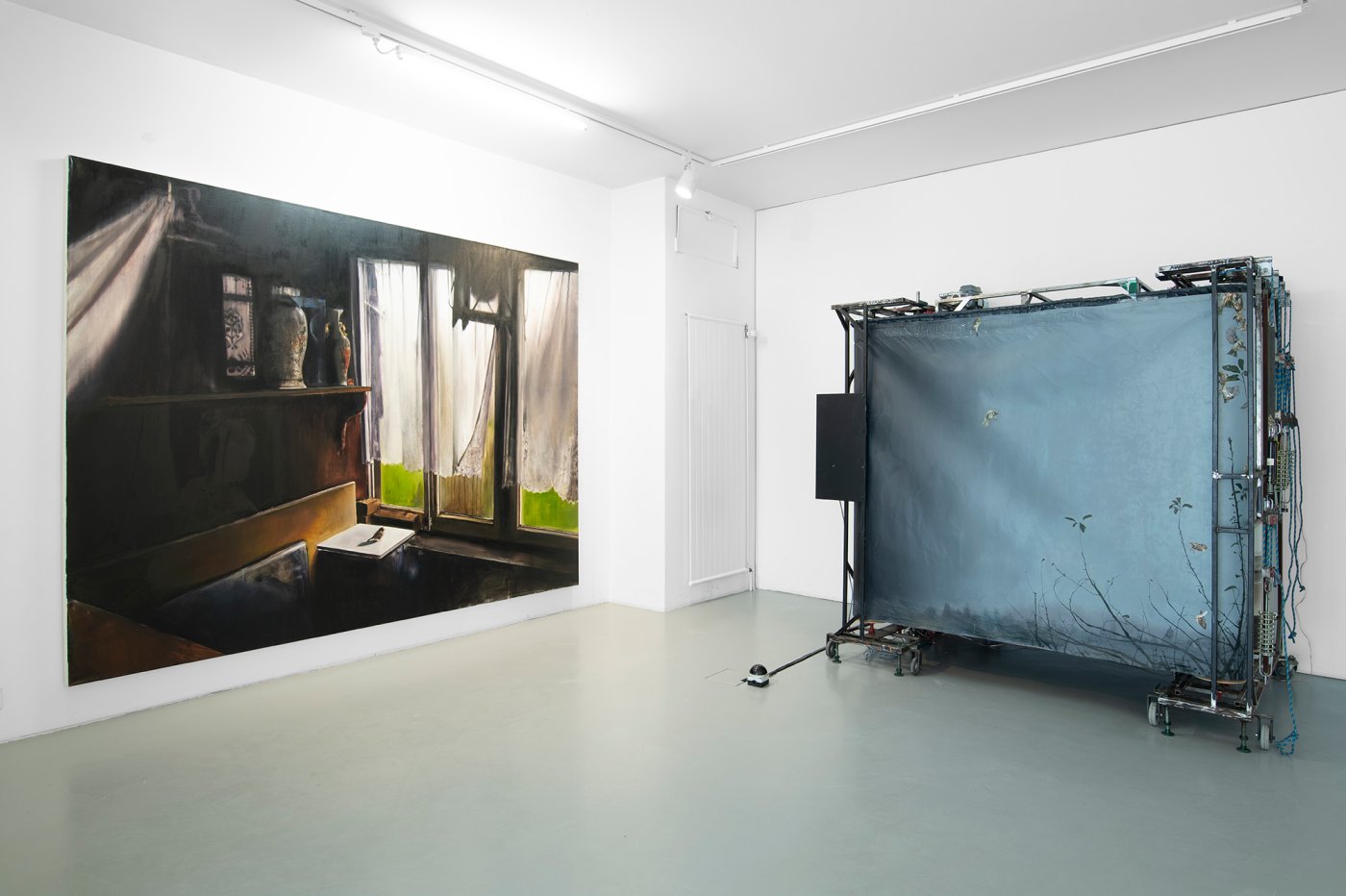
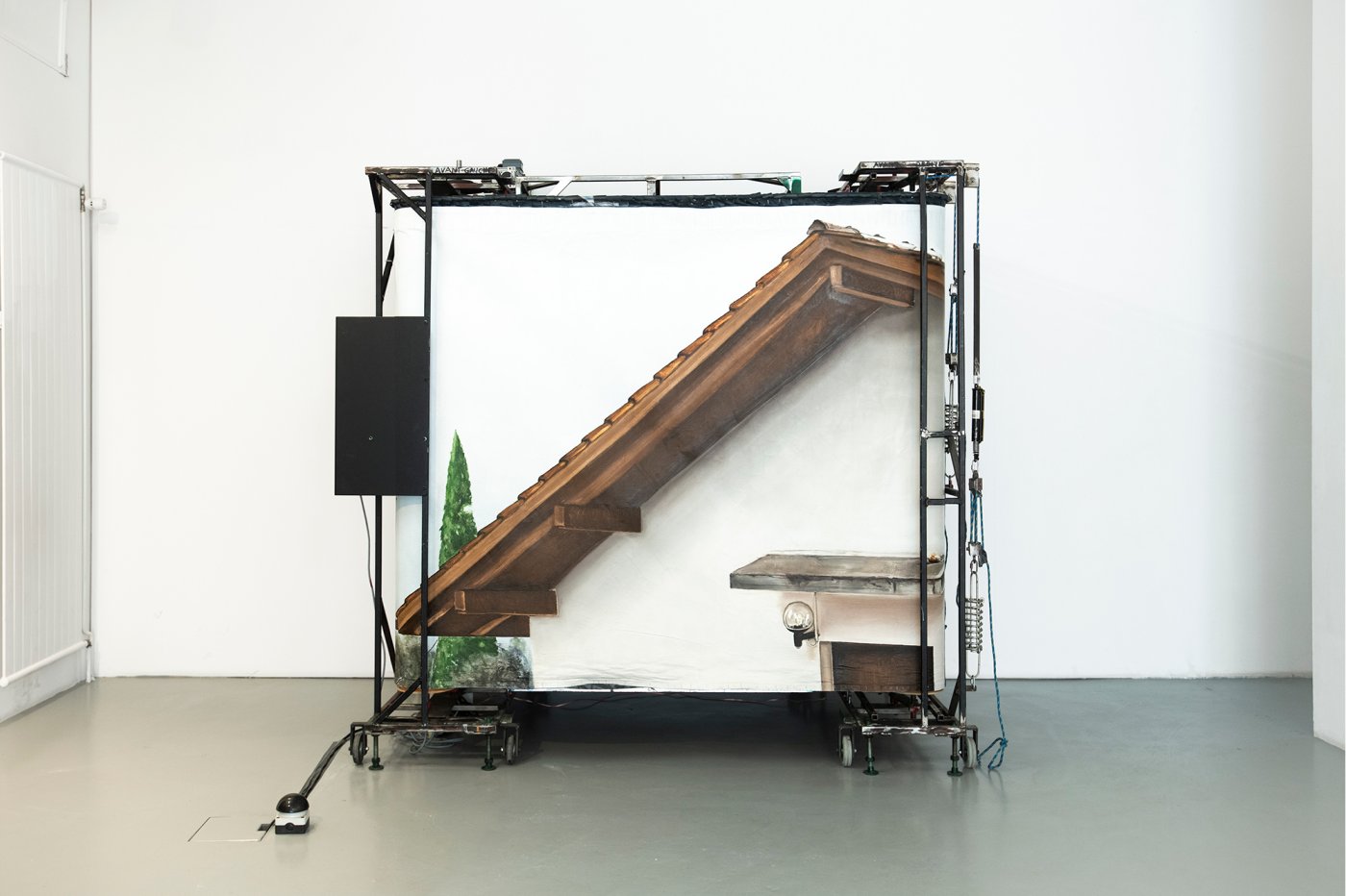
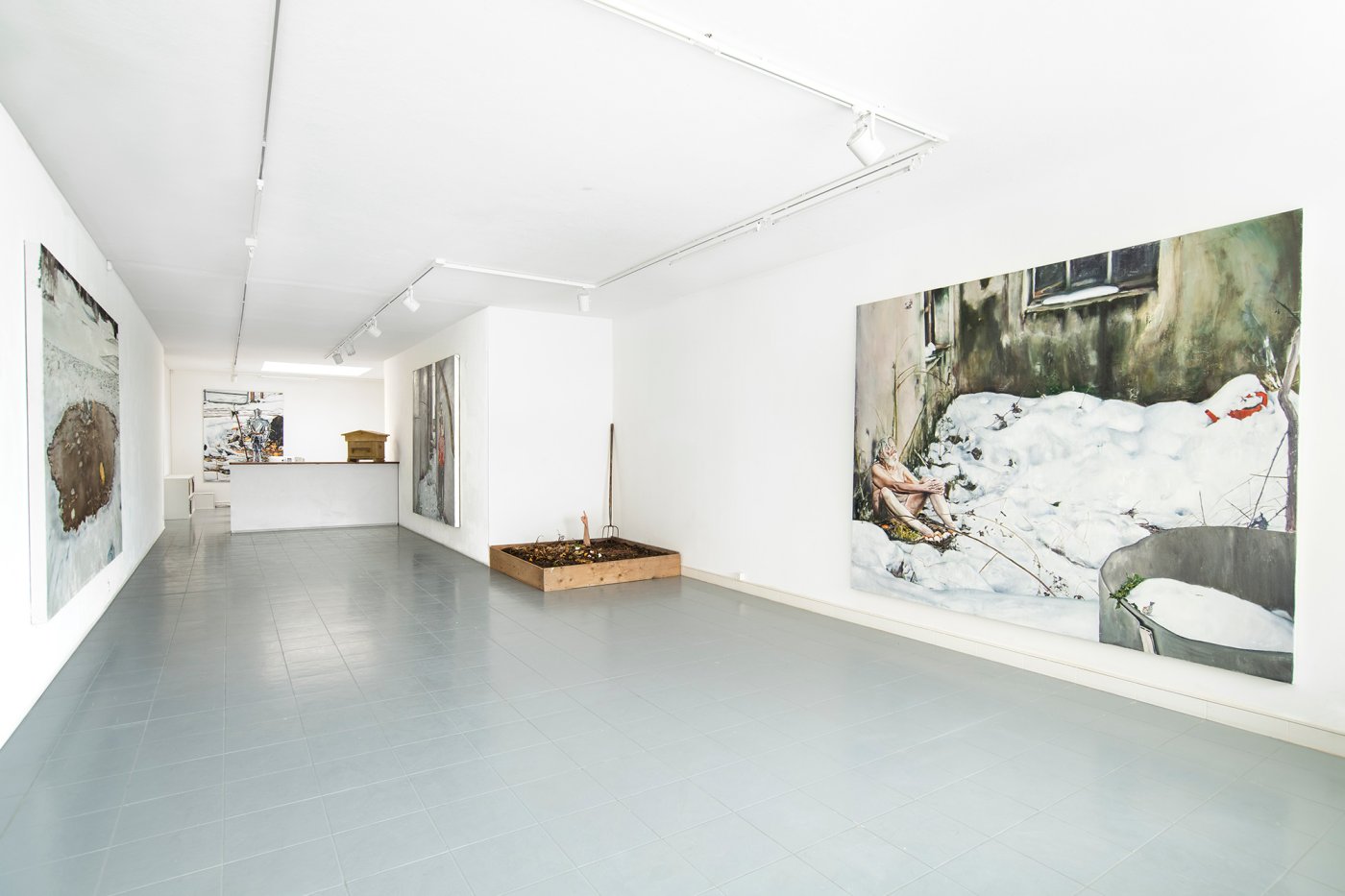
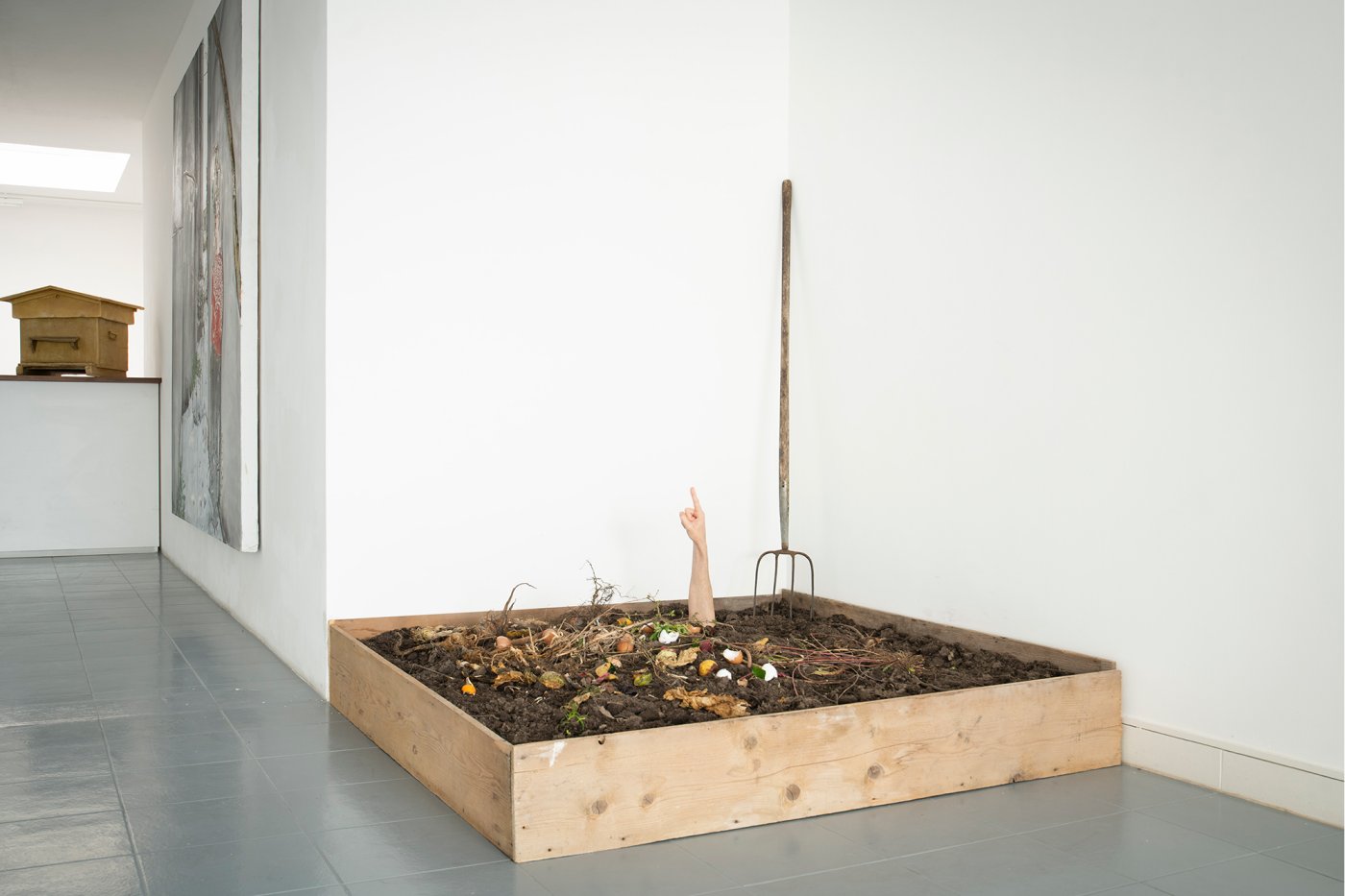
On the one hand, there is the immensity, the elusive world, and the density of things. On the other hand, there is the tenacious will to grasp them together, name them, know them, classify, categorize, and expose them. The result is a tension that can lead to multiple questions, which several inebriated evenings would not elucidate.
When I asked myself how we name and classify the living and all that surrounds us, I was referred to a popular medieval scientific book by the 13th-century Franciscan monk Bartholomaeus Anglicus' On the Properties of Things. The book deals with 19 things and dedicates a large portion to birds, such as partridges and storks. The author bestows on each subject what seems to be a stamp of approval, a seal of the divine. For example, saints will speak to the trees and the birds, and the birds respond.
This is not the case in Frans Snyders' painting Concert of Birds (1629-1630), in which the artist uses an Aesop fable to bring together a wide variety of exotic and native birds on the same tree. Here the treatment of the animal kingdom turns into an encyclopedic and colonial manifesto. A perfect witness of the Baroque period, this way of categorizing is still found at museums today, for example in my neighboring village where I admired a collection of naturalized birds. It is a strange feeling to see these birds all next to each other, losing all singularity and merging into a neat species, arranged on their classifying trees! These trees capture only a tiny part of what this or that bird was in its environment.
Thus, how do we look at a tree or a bird today, if we no longer think of it as having a divine essence?
Gaining a greater knowledge of the living function seems to lead to a very separative, discrete, and quantitative approach to things. Hence my many questions on how we qualify the living. This is perhaps what makes me want to paint. I thus give myself the impression or the illusion to readjust what I see with what I think.
Creating images is perhaps the most natural and adequate way to approach what is visible and presents itself in front of us for no apparent reason. Painting gives shape to everything using the same material and thus assigns them a link that language has broken.




























